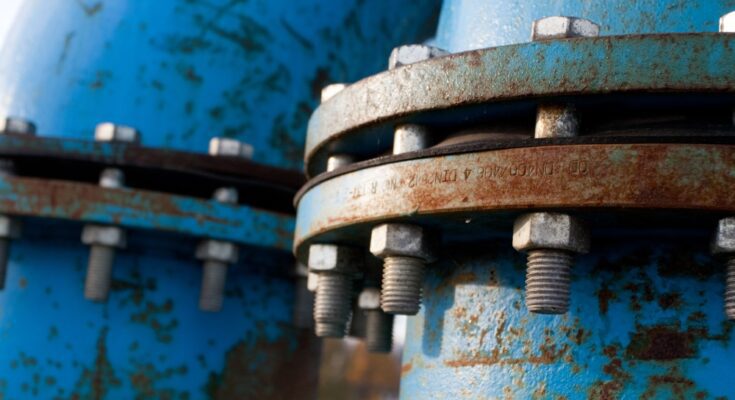Ensuring a pipeline’s longevity is a major priority for industrial engineers. However, rust can present specific challenges, resulting in damage and dangerous situations for workers. Learn five tips for avoiding rust on your pipeline systems to ensure their durability.
Keep Your Pipes Clean
One way to prevent pipes from rusting is to keep them clean. Dirt, grime, and other contaminants can accelerate the corrosion process when allowed to accumulate on pipes.
Regular cleaning routines should include the use of brushes, chemical cleaners, and high-pressure water jets to remove any buildup that could lead to rust formation. A clean pipeline ensures that there are fewer opportunities for moisture and oxygen to come into contact with the metal surface.
Add Corrosion Inhibitors
Another tip for avoiding rust on your pipeline systems is to use corrosion inhibitors. Adding these chemicals to the fluid within your pipeline significantly reduces rust formation.
Because these products create a protective film inside your pipes, they help prevent the metal from reacting with corrosive substances. Choosing the right inhibitor depends on the specific conditions within your pipeline system, such as the type of fluid being transported and the operating temperature.
Invest in Pipe Materials That Fight Rust
Your choice of pipe material can also help you fight rust. For example, instead of using carbon steel pipes, try stainless steel or PVC pipes to allow your system to experience fewer issues.
Although stainless steel pipes require a higher initial investment than carbon steel pipes, the long-term benefits of reduced maintenance costs and extended pipeline lifespan often outweigh the upfront expenses. You should also consider applying this same approach to your supports since corrosion is one of the common causes of pipe support failures.
Monitor Your Water’s pH Levels
The pH level of the water or fluid flowing through your pipeline can greatly influence the corrosion rate. Fluids with a low pH (acidic) or high pH (alkaline) can accelerate rust formation.
Regularly monitoring the pH levels and maintaining them within a neutral range can help mitigate the risk of corrosion. Implementing pH control systems and adding neutralizing agents to the fluid can ensure that the pipeline environment remains less conducive to rust development.
Install Linings in Your Pipes
Adding protective linings inside your pipes is another effective strategy for preventing rust. Epoxy, polyethylene, or cement linings can provide a barrier between the metal surface and corrosive substances.
These linings not only prevent direct contact with corrosive elements but also enhance the structural integrity of the pipes. To ensure their long-term effectiveness, make sure you install them correctly and inspect them on a consistent basis.
These rust prevention strategies can save you time and money and prevent future headaches. By being proactive in your approach, you can ensure the longevity and reliability of your pipeline systems for years to come.



